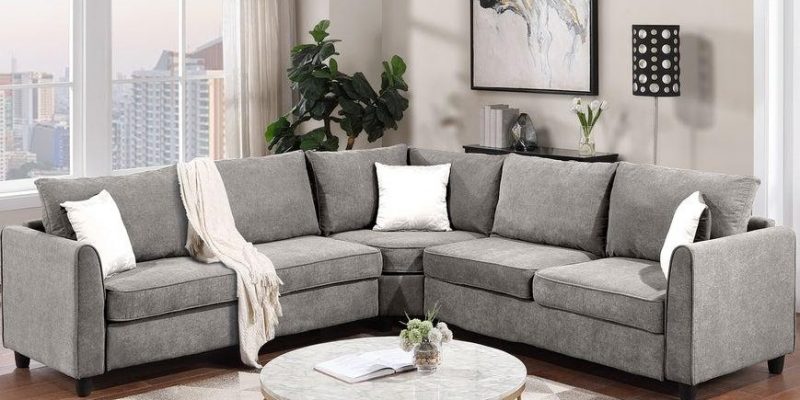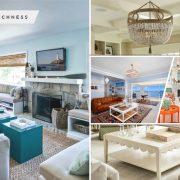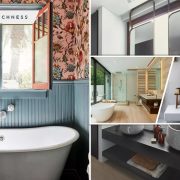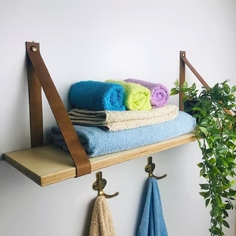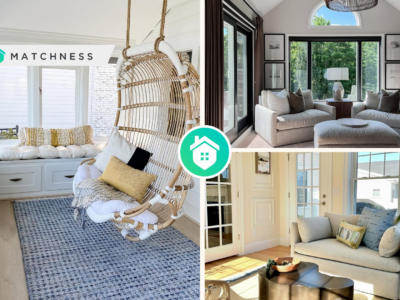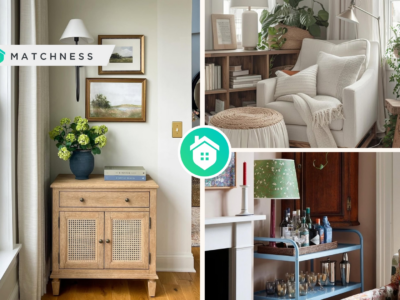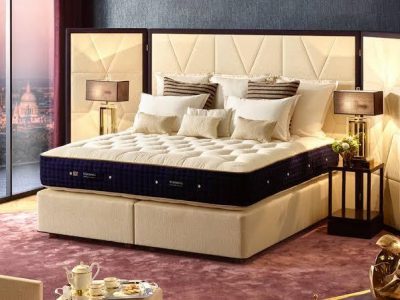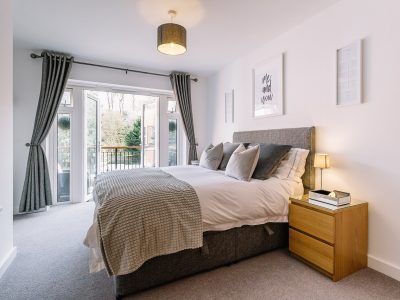Although a small house is small in size, it can be made very cozy with careful decoration. A sweet home needs time to create and choosing furniture for a small house is the most crucial part of creating a warm home. For the design of a small space, the choice and arrangement of furniture play a decisive role. In the case of lack of space and limited household size, a wrong sofa can ruin the whole space. So, how exactly do you choose furniture for a small home to create a better life? You can never go wrong by following these 3 principles.
Three basic principles:
- minimalist style
- the choice of light furniture
- choose multifunctional furniture
1. Minimalist style
The first problem that needs to be faced when decorating a small home is how to make the space look bigger and more utilised. The famous architect Ludwig Mies van der said that “less is more” and, like his design work, simplicity is nobility and elegance.
In the same way, to make a small space look bigger and more comfortable, simplicity is the first basic principle.
The placement of European and American furniture is characterized by a preference for vertical height and wide placement, while minimalist furniture is more practical for the home and favours balanced placement, which can reduce the height of the view and thus make the space feel more open. The simple, rustic lines of minimalist furniture can also be well achieved by simplifying the lines of the space and making the living room cleaner.
Scandinavian style is the most popular and inclusive minimalist style of today. The Scandinavian furniture collection draws on the essence of Scandinavian minimalist design, removing the complexities of design, advocating simplicity and purity, and conveying a comfortable and elegant attitude to life.
2. The choice of light furniture
As we all know, Scandinavian style is a very “versatile” home style, whether it is a large or small home can easily manage. But even if it’s the same Scandinavian style, the different designs give a completely different feel.
The two sofas above, for example, are also L-shaped, but the style below is more suitable for smaller homes.
This is because compared to floor-to-ceiling sofas and coffee tables, sofas with legs and thin-legged coffee tables reveal more of the floor and visually make the home feel a little bigger. And this is where we come to the second principle: lightness, i.e. picking a style that is lighter and lighter in both physical weight and visual weight perception.
- Styles
Sofa: Choose a style with legs, light arms and a thin backrest, and a streamlined shape that makes the space feel more fluid.
Coffee table: compared with the heavy floor coffee table, thin feet small tea can leave more space for the living room.
Beds: Without taking storage into account, a frame bed is lighter and a wooden head is lighter than an upholstered head. You can also choose furniture in transparent materials, such as wardrobes and bookcases with glass doors, which also visually enhance the sense of space.
- Colours
In terms of colour selection, choose the furniture first, and then choose the wall colour after the furniture colour has been determined, generally following the principle of light walls, medium floors and deep furniture.
It is important to note that large blocks of colour should not be used dark colours, because dark colours absorb light and reflect light weakly, the original room is not large due to darkening will appear smaller.
You can try to choose furniture with brighter colours, for example, original wood with light grey.
- Size
Any furniture should match the size of the home and take up about 30% of the entire home. Aisles should be at least 60cm, sofas and coffee tables should be at least 30cm apart, and pull-out chairs should be at least 60cm deep.
Depending on the size of the home, you can match small pieces of furniture in your home. For example, a small round table or trolley instead of a traditional coffee table will open up the living room space considerably.
3. Functionality
Compared to large houses, small homes face much more serious storage problems.
Therefore, when choosing furniture, the style should be simple, the shape should be light and functional, and it is best to combine, store and disassemble at will in order to save space.
- Storage furniture
As every home has different storage needs, it is important to have a good understanding of your own needs when shopping for furniture.
The most basic storage furniture in the home includes shoe cabinets, wardrobes, cupboards, sideboards and other types of cabinets. In addition to the essential role of these other furniture, you can also choose styles with storage functions according to your own needs.
High box beds.
The most familiar furniture in the storage type should be the high box bed, the large capacity storage box under the bed can store the seasonal quilts, pillows, the usual rarely used various large items, a variety of unused supplies that do not want to be seen and so on. It can be called a secret treasure box in the bedroom, as it can reduce the burden on the wardrobe and hide the “mess”.
Sofa.
Living room space is small, if you do not buy storage coffee table, you can choose this style of sofa with storage sideboard, can be used to store the living room commonly used small objects, books, etc.
TV cabinet.
Making full use of the space on the wall can be a good way to expand storage, such as a combination TV cabinet that keeps the space permeable and increases storage space through the hanging cabinet, which is a good choice for storing books and ornaments.
- Bespoke furniture
Bespoke furniture can make the most of the limited space in a small home, for example, wardrobes, bookcases, desks integrated or dual-purpose sofas, storage beds, etc., and tatami mats, for example, are a typical tool for saving small spaces.
However, when choosing a bespoke cabinet, it is important to pay attention to “hide” and “reveal”, i.e. the ratio of closed and open space for storage cabinets complies with the “two-eight principle”, hiding 80% of the mess and revealing 20% of the of beauty. Keep the beautiful, aesthetically pleasing items that you need to keep handy on the countertop and hide everything else that makes the space look cluttered in the cupboard.
Not only does it keep things neat and clean, it also keeps the space feeling breathable.
In addition, custom-made furniture can be made from a number of light materials, especially glass, which is permeable and can be combined with solid wood to create a sense of extension and breathability in a limited space. A good life comes from your choices. If you put more effort into it, you will reap more beauty.


